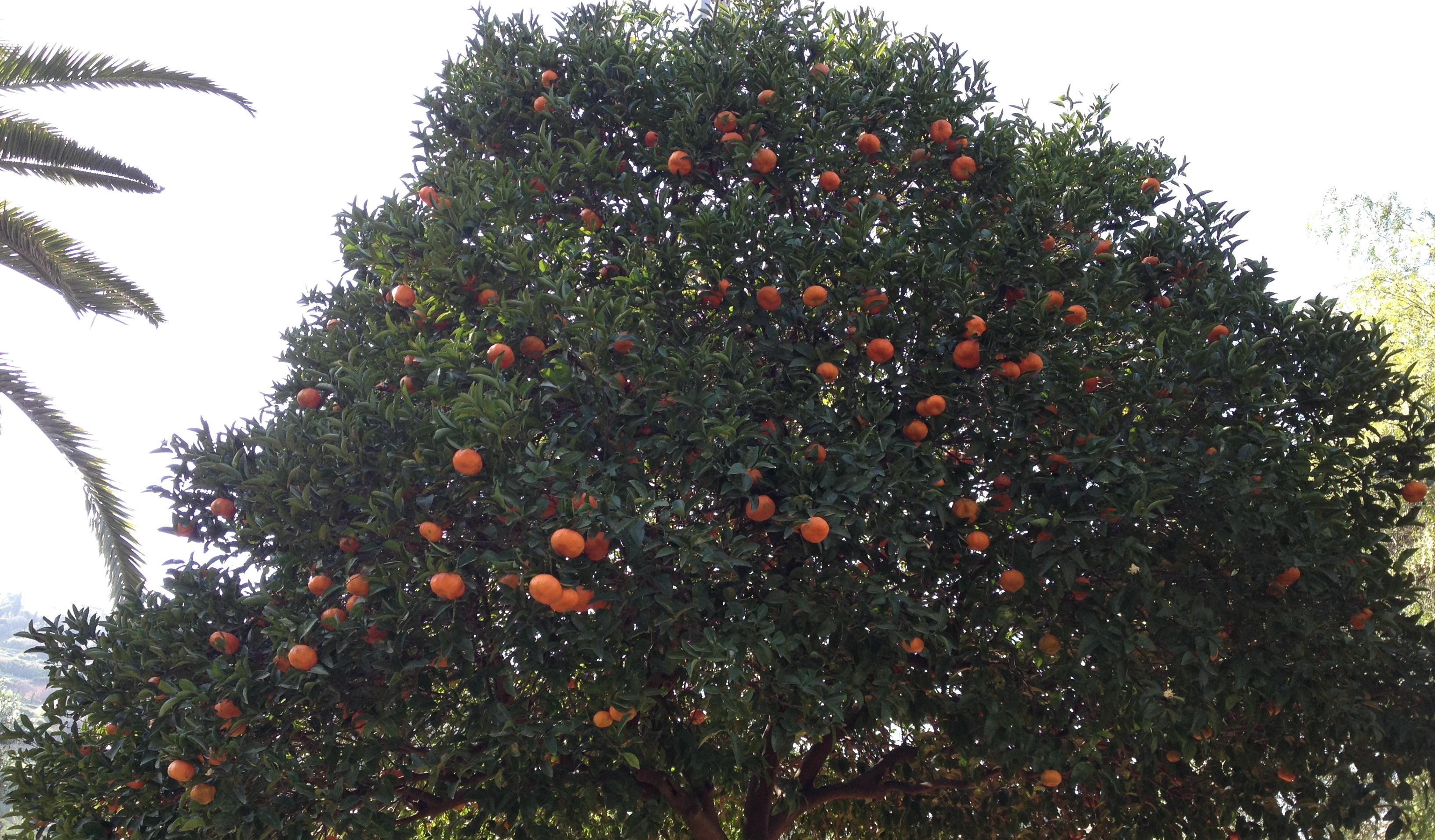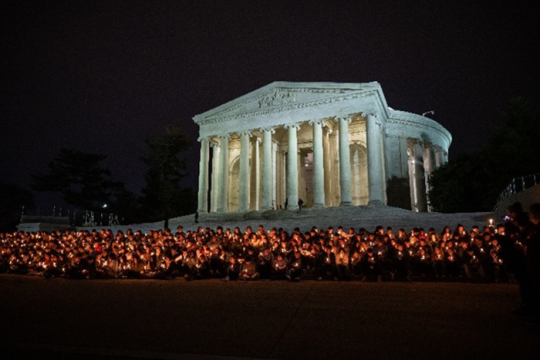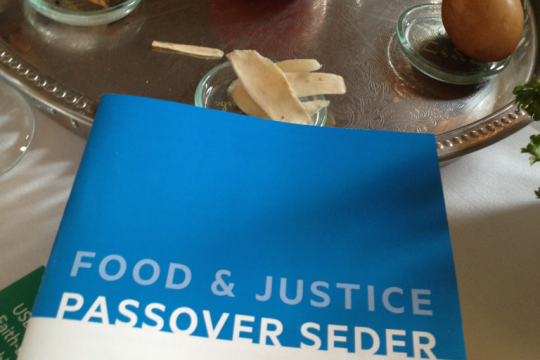
This blog post originally appeared on the Huffington Post.
Ah springtime…the chirping of birds, the buzzing of insects, the budding of trees. But wait a minute. It’s not spring. It’s winter in Brooklyn…it’s 72 degrees out…the tomatoes are still growing in my garden and the poor trees are confused. I’m a little confused myself. I’ve settled in to write an article about Tu BiSh’vat the Jewish holiday, which will be celebrated on January 24-25, 2016 and foretells the coming of springtime in Israel. As an experiential environmental educator, between leading eco activities and Tu BiSh’vat Seders, it’s always been my busy season. I’m used to being greeted with mixed reactions when talking about spring in the midst of icy cold winter weather.
Tu BiSh’vat, referred to as the New Year of the Trees or the Birthday of the Trees, has also been dubbed the Jewish Arbor Day or Jewish Earth Day. It’s a time when the frozen waters start to thaw; as the soil and trees are nourished, they begin to reproduce leaves and seeds. In the Jewish community Tu BiSh’vat is a time for us to embrace our responsibility as stewards of the planet and a natural time to appreciate and be awed by trees. Speaking of embracing, I’ve hugged a few trees in my day. With all that trees do for us, they deserve to be hugged.
While it was hard not to revel in wearing spring-like clothes in winter, we’ve learned over the past few years of erratic weather including 14 of the 15 hottest years on record, which have all occurred since 2000, that there’s a price to be paid. In this case, the budding of trees in December means that the plants and trees’ natural cycles have been thrown off resulting in a shortened flowering season and in some instances, some trees may not flower at all. Fruit trees for example, need to experience a substantial amount of chilling so they will bear fruit. The holiday of Tu BiSh’vat actually began as the cut-off date for collecting taxes on the crop of fruit trees. The Jewish people gave one tenth or a tithing of their harvest to support the sacred work of the temples and to help the poor and those in need. The Jewish principle of bal tashchit is a prohibition against cutting down or destroying trees even as a tactic of war, and specifically forbids the cutting down of fruit-bearing trees. Fruit (food) is a sacred gift and the law forbids needless and wasteful destruction. In our day, the increase of climate-driven extreme weather events such as excessive heat, drought and flooding related to human activity is putting our food sources at risk. Isn't this a form of wanton destruction?
Trees are our natural partners in so many ways and critical to the sustainability of our planet. There can’t be a serious discussion about slowing down the devastation of climate change without considering the impact of trees, particularly on the heels of the 2015 United Nations Climate Change Conference in Paris. The second day of the conference focused on trees including carbon sequestration, reforestation, carbon sinks, agribusinesses, logging of old-growth forests and sustainable development of commodities that come from trees. To honor the commitments in the Paris agreement and limit the temperature rise to 2 degrees Celsius (3.6 degrees Fahrenheit) or possibly 1.5C, the world must not only stop destroying its forests, it must invest in tree regeneration to create a balance between the emissions of greenhouse gases and their removal.
While an agreement may have been reached in Paris, as we reflect on Tu BiSh’vat, we still need to be vigilant. We must hold industry and government accountable by supporting pro-environmental legislation. We need to hold ourselves accountable as well by preserving and conserving our natural resources and taking progressive personal and communal action to nip the causes of climate change in the bud.
Related Posts

Why is this Right Different?: City of Grants Pass, Oregon v. Johnson and the Passover Call to Action

Highlights from the 2023-2024 L'Taken Season

